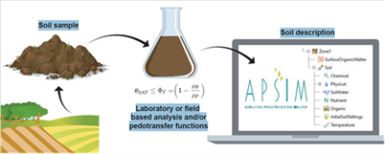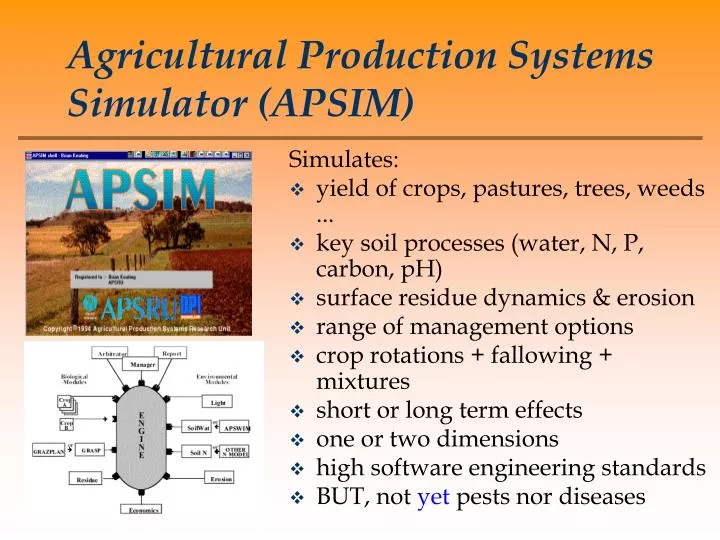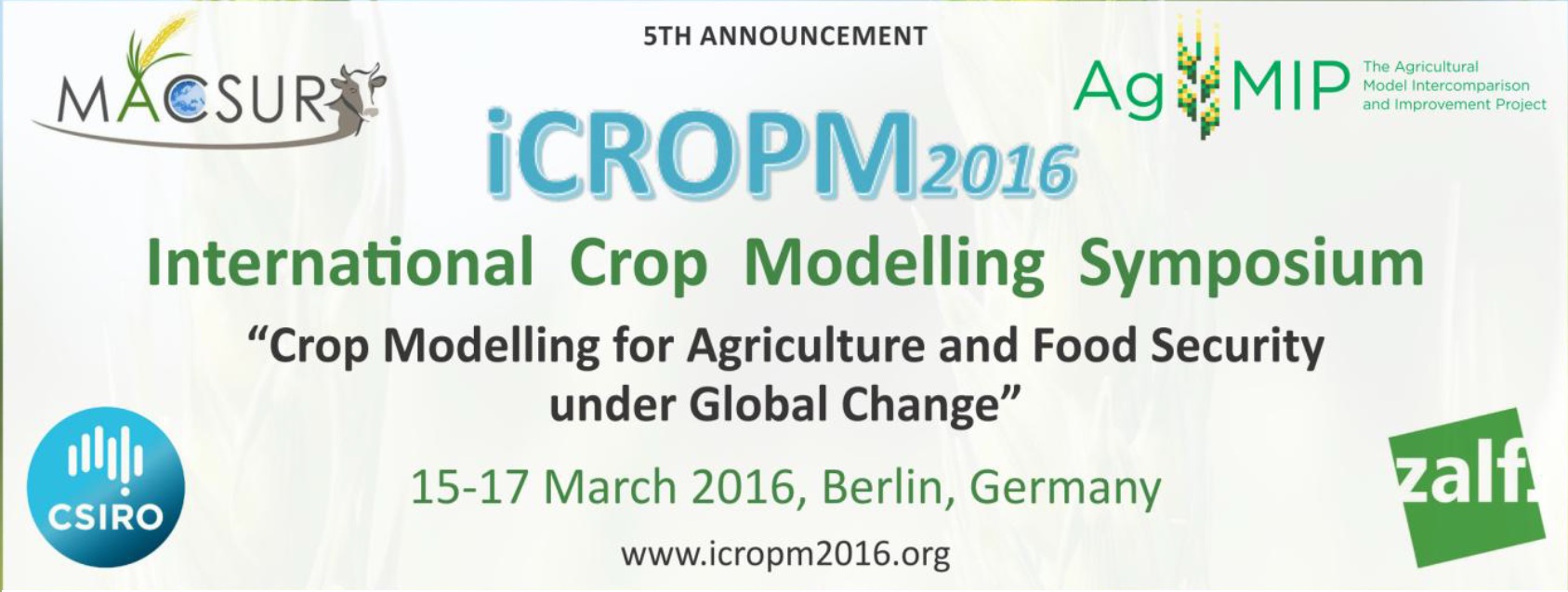

Kumar S (2008) Raising wheat production by addressing supply side constraints in India. In: Proceedings of VII World Soybean Research Conference, IV International Soybean Processing and Utilization Conference, III Congresso Mundial de Soja (Brazilian Soybean Congress), Embrapa Soybean, Londina, Brazil, pp 26–37 Agric Forest Meteorol 93:53–70īhatnagar PS, Joshi OP (2004) Current status of soybean production and utilization in India. Lal M, Singh KK, Srinivasan G, Rathore LS, Naidu D, Tripathi CN (1999) Growth and yield responses of soybean in Madhya Pradesh, India to climate variability and change. SOPA (2012) The soybean processors association of India, Indore, Madhya Pradesh, Thus, the model provided a mean of evaluating alternative crop N and water management options for effectively managing the soybean–wheat cropping system.Īnsari PG, Rao DLN (2013) Soybean rhizobia in Indian soils: populations, host specificity and competitiveness. Application of FYM alone or in combination with inorganic fertilizer maintained higher soil organic carbon concentration as compared to the application of inorganic fertilizer alone. However, the amount of N loss from the integrated use of fertilizer N was lower than that from the current recommended practice for the region. The wheat yield obtained from inorganic application of N was at par with that obtained from the application of integrated and organic sources. Application of 16 t FYM ha −1 to soybean produced 50 % higher wheat yield than the same amount of FYM applied to wheat. Among the various irrigation practices simulated, five irrigations of 60 mm at 20 days interval was the best option for wheat. In this region, there is a potential to increase soybean and wheat yields by 0.6 and 2.2 t ha −1, respectively. The average wheat grain yield was 3.2–3.9 t ha −1, whereas, the crop sown on 15 November gave the highest yield. The APSIM simulation study showed that the mean soybean yield ranged from 1.0 to 1.6 t ha −1 for the different dates of sowing.
#APSIM MODEL SERIES#
All rights reserved.A series of long-term simulations were carried out to investigate alternative management practices to increase grain yields of soybean and wheat by optimizing sowing dates, nitrogen (N) and water requirements, along with complimenting farmyard manure (FYM) as a N source in the soybean–wheat cropping system of Madhya Pradesh.

Therefore, this APSIM simulation study can satisfactorily be used to make appropriate management decisions to provide farmers and others with alternative options for nutrient management for soybean-wheat cropping systems. The predicted variability of crop yield was also due to the variation of weather during soybean growing season and amount of irrigation and N used during wheat growing season. The discrepancy observed between the observed and predicted yield in the control under soybean was due to the P limiting condition of the treatment rather than the model. For other treatments, model prediction was satisfactory in most of the cases in simulating water and organic carbon, grain yield and N uptake by both the crops. The model predicted successfully grain yield and N uptake under FYM treatments in soybean and wheat. The model was parameterized by specifying the N mineralized from the manure in the laboratory incubation.

For organic treatments, we simulated N management using the FYM as the source of plant available N under field condition. Three nutrient treatments, viz., control (no nutrient), inorganic (recommended rate) and FYM (8 t ha(-1) to soybean and 16 t ha(-1) to wheat) were used to validate the APSIM model. The data on water use, N uptake, grain yield and soil organic C from an ongoing long-term experiment was used for validation purpose. Genetic coefficient generated from this study was used for subsequent model validation. Independent data set was used to parameterize soybean cultivar (JS 335) and wheat cultivar (Sujata) to be used for APSIM simulation. To achieve this, the APSIM model was parameterized and validated for soybean and wheat crop of subtropical central India. In this connection, the crop growth simulation models are handy in identifying the constraints to yield and recommending appropriate management practices to optimize the productivity of soybean-wheat system. The reduction in grain yield was mainly attributed to a suboptimal supply of nutrients to both the crops, use of poor quality farmyard manures and erratic distribution of rainfall during soybean's growing season and unavailability of irrigation water during wheat season. In recent years, nutrient management of soybean-wheat systems in central India has become a cause for concern because of stagnation of grain yields of soybean and wheat.


 0 kommentar(er)
0 kommentar(er)
